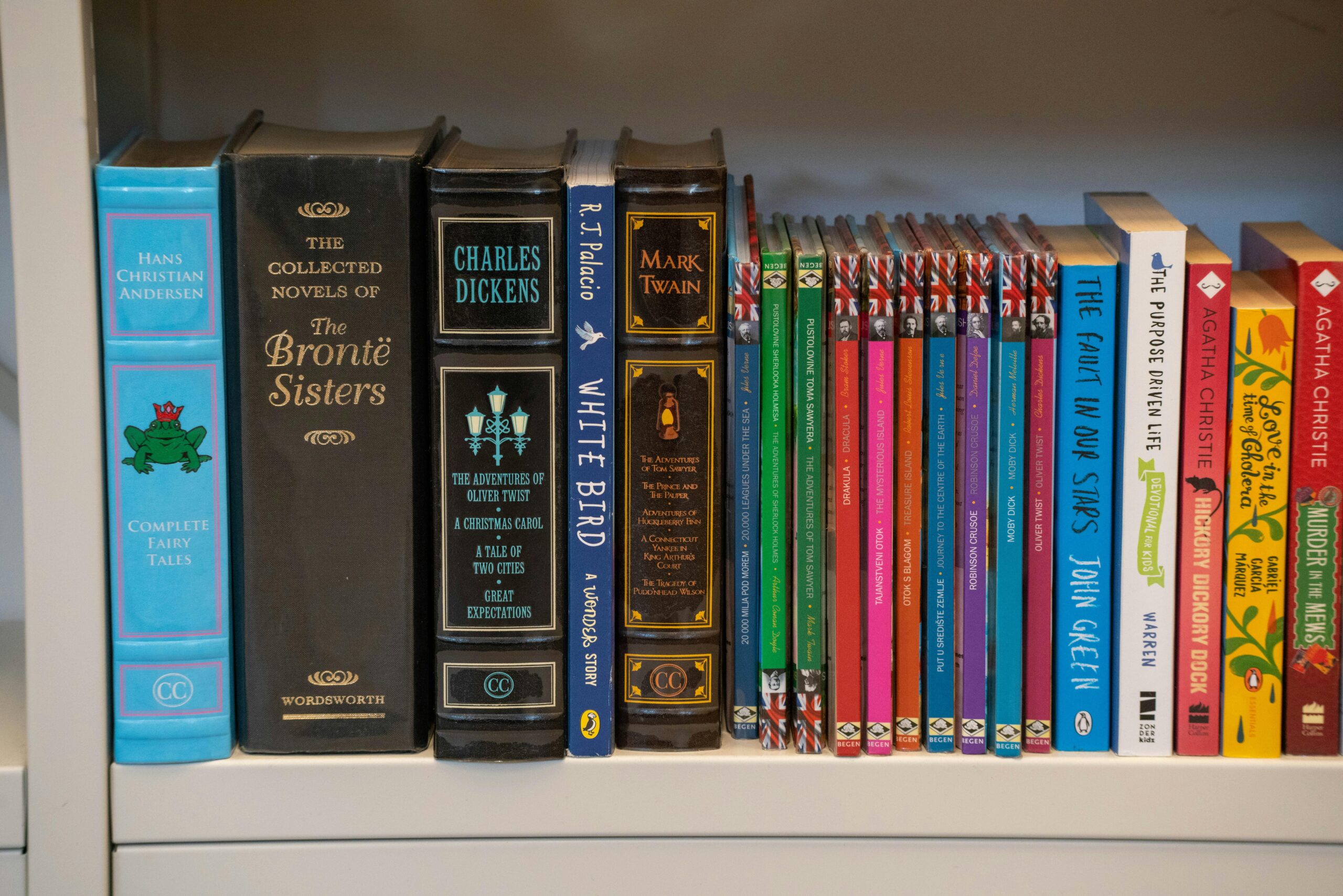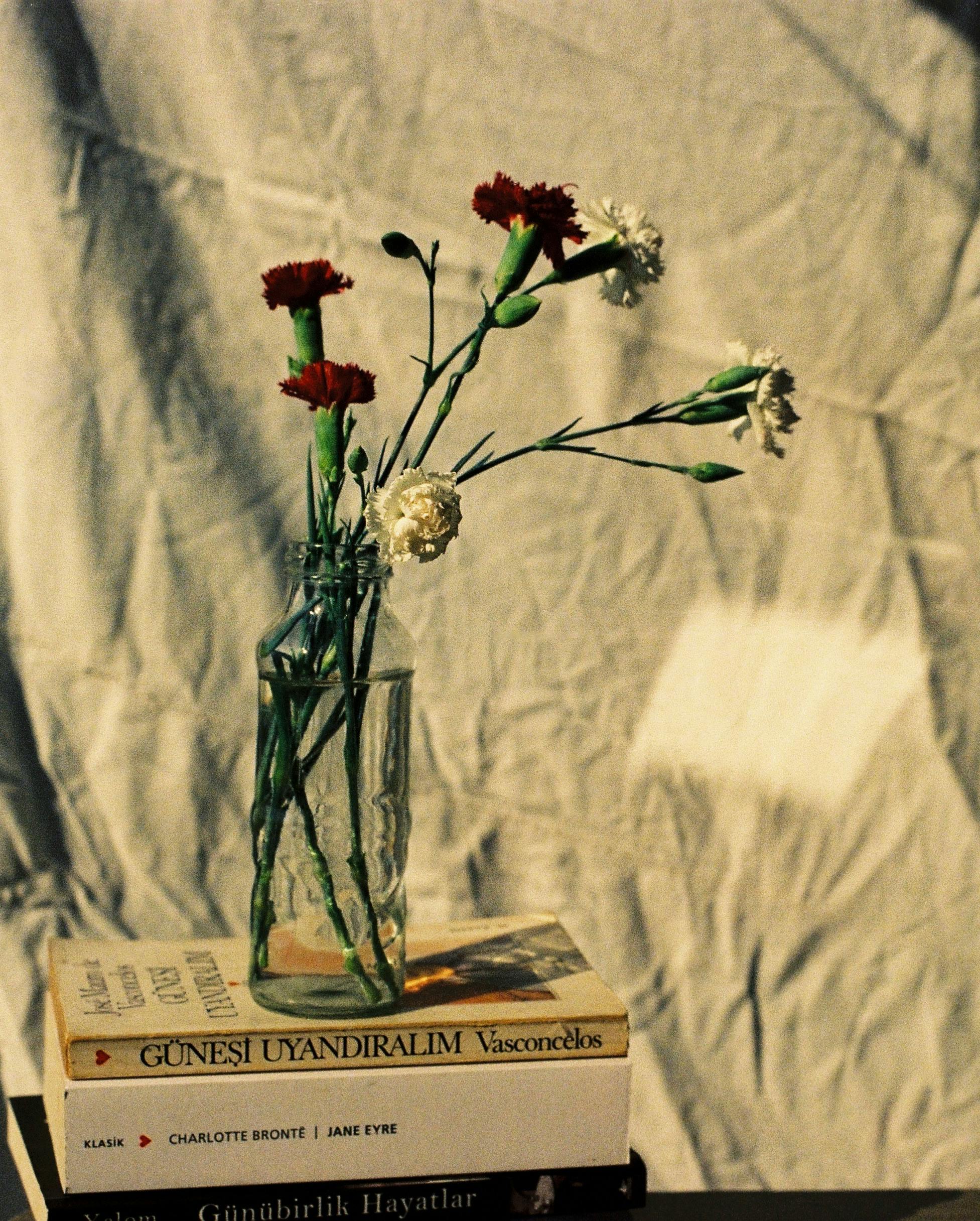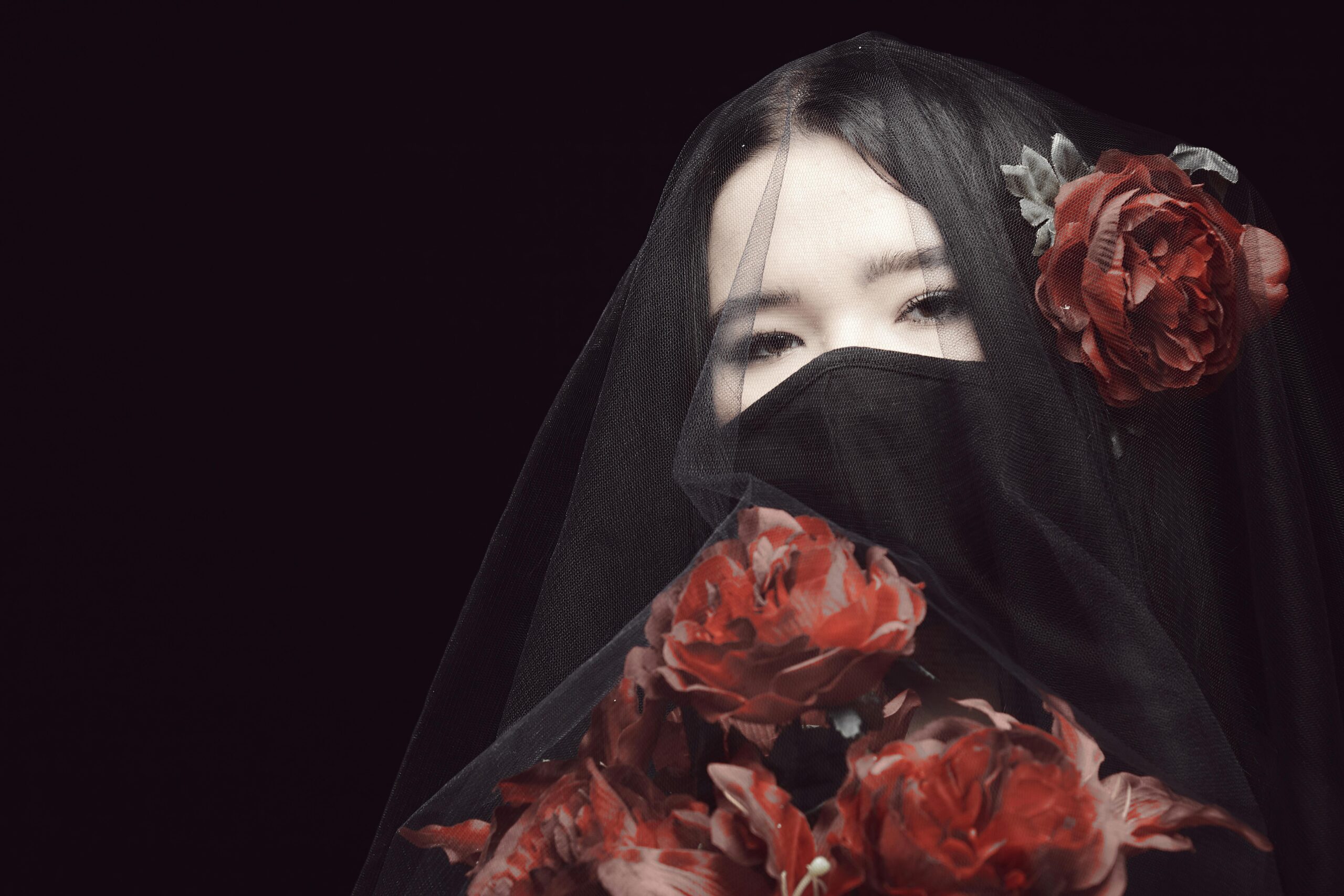Introduction – Why Book Relationships Matter in Real Life
We’ve all been there—reading a book and suddenly thinking, “Wait, this love story is actually kind of toxic.” But here’s the scary truth: fictional relationships shape how we see real love. From Twilight’s controlling Edward to The Notebook’s grand but unhealthy gestures, books often romanticize red flags.
So why does this matter? Because what we read sticks with us. Studies show that media influences our relationship expectations. That’s why spotting the difference between toxic and healthy love in books isn’t just for critics—it’s for anyone who wants better real-life relationships.
In this article, we’ll:
✔ Examine famous books that get love wrong (and why they’re problematic).
✔ Highlight novels with green-flag relationships worth learning from.
✔ Give you simple tools to analyze love stories like a pro.
Whether you’re a romance fan, a book club member, or just curious, this guide will help you read smarter—not just harder. Let’s dive in!
What Makes a Relationship Toxic or Healthy in Books?
Not all fictional couples are created equal. Some teach us about trust and respect, while others sneak in dangerous lessons. Here’s how to tell the difference:
Toxic Relationships in Books: The Warning Signs
These stories often glamorize:
Obsessive behavior – Like Edward in Twilight tracking Bella’s every move.
Power imbalances – Mr. Rochester in Jane Eyre hiding his wife in the attic.
Love as pain – Romeo and Juliet making reckless decisions seem romantic.
Healthy Relationships in Books: The Green Flags
Great fictional couples show:
Communication – Elizabeth and Mr. Darcy working through misunderstandings.
Equality – Hermione and Ron in Harry Potter challenging each other as equals.
Respect for boundaries – Anne and Gilbert in Anne of Green Gables growing as friends first.
Why This Matters
Books don’t just entertain—they teach us what to expect from love. Recognizing these patterns helps us:
✓ Enjoy stories without absorbing bad lessons.
✓ Choose books that reflect healthy love.
Up next: We’ll break down 5 toxic book couples you might’ve missed…
 5 Books That Glorify Toxic Love (And Why They’re Problematic)
5 Books That Glorify Toxic Love (And Why They’re Problematic)
Some books make dysfunction look dreamy. Here’s the truth behind these infamous couples:
-
Twilight – Edward & Bella
-
Red Flag: Edward watches Bella sleep, controls her friendships.
-
Reality Check: Stalking isn’t romantic—it’s scary.
-
-
Fifty Shades of Grey – Christian & Ana
-
Red Flag: Christian’s contracts and jealousy framed as passion.
-
Reality Check: Healthy love doesn’t require NDAs.
-
-
The Great Gatsby – Gatsby & Daisy
-
Red Flag: Gatsby obsesses over a married Daisy for years.
-
Reality Check: Love shouldn’t demand someone erase their past.
-
-
Wuthering Heights – Heathcliff & Catherine
-
Red Flag: “Whatever souls are made of, his and mine are the same” sounds poetic… but it’s codependent.
-
Reality Check: True love lets you breathe.
-
-
After – Hardin & Tessa
-
Red Flag: Hardin’s mood swings and manipulation are excused as “bad boy” charm.
-
Reality Check: Emotional abuse isn’t a love language.
-
Did you miss these red flags? You’re not alone. Next, we’ll flip the script with healthy examples…
5 Novels That Showcase Love Done Right
Ready for relationships that inspire? These books get it right:
-
Pride and Prejudice – Elizabeth & Darcy
-
Green Flag: They call each other out—and grow from it.
-
-
The–Quotient – Stella & Michael
-
Green Flag: Consent and communication are central.
-
-
Attachments – Lincoln & Beth
-
Green Flag: Friendship first, with zero creepy stalking.
-
-
Beach Read – January & Gus
-
Green Flag: They challenge each other’s perspectives healthily.
-
-
Red, White & Royal Blue – Alex & Henry
-
Green Flag: Mutual support, even when it’s hard.
-
These prove love stories can be both swoony and sane. Want to spot these traits faster? Keep reading…
How to Read Critically – Spotting Hidden Messages
You don’t need a literature degree to analyze book relationships. Just ask:
Do they respect each other’s boundaries?
Is conflict resolved with communication, not grand gestures?
Would this behavior fly in real life?
Pro Tip: Compare old and new books—see how love standards evolve!
Conclusion: Books Shape Love—Choose Wisely
Fiction is fun, but it’s also a mirror of our ideals. Now that you can spot toxic vs healthy love in books, you’ll:
-
Enjoy stories more deeply.
-
Protect your real-life relationship standards.
Your Turn: Comment a book that changed how you see love!
FAQS
Common red flags in book relationships?
Obsession, control, lack of consent. (Twilight, Fifty Shades).
2. Books with healthy relationships?
Pride and Prejudice, The Kiss Quotient, Red, White & Royal Blue.
3. Why do books romanticize toxicity?
Drama sells, outdated norms, misunderstood “passion.”
4. How to enjoy NOVELS safely?
Ask: “Would this be okay in real life?”
5. Can toxic book relationships be useful?
Yes—if analyzed as what not to do.
6. Biggest green flag in fiction?
Respect for boundaries.
7. What are red flags in book relationships?
Obsession, control, manipulation (e.g., Twilight, Fifty Shades).
8. What books show healthy love?
Pride and Prejudice, The Kiss Quotient, Red, White & Royal Blue.
9. Why do books make toxic love seem romantic?
Drama sells! Old stereotypes + confusing passion for toxicity.
10. How to enjoy romance without bad messages?
Ask: “Would I accept this in real life?”
11. Can toxic book couples teach us anything?
Yes—they show what to avoid in real relationships.
12. What’s the #1 sign of healthy book love?
Mutual respect & boundaries (e.g., Attachments).





